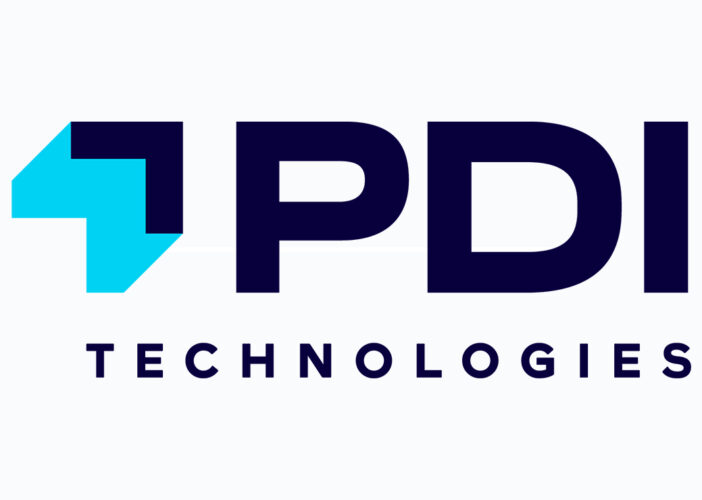The AI Revolution: Navigating Cybersecurity Challenges in 2025
As we stand on the threshold of 2025, the cybersecurity landscape is undergoing a dramatic transformation, largely driven by artificial intelligence and emerging threat vectors. Drawing from Nuspire’s recent cybersecurity outlook webinar, let’s explore the key trends and challenges that organizations will face in the coming year.
Looking Back to Move Forward
Before diving into 2025 predictions, it’s worth noting how 2024’s forecasts played out. The past year saw several accurate predictions, including the surge in AI-generated social engineering attacks and the growing importance of Security Data Lakes for MSSPs and enterprises. The cybersecurity industry also witnessed significant consolidation in the tools market, while boards increasingly demanded routine cybersecurity reports from CISOs.
The Evolution of Cyberattacks
2025 is poised to usher in a new era of sophisticated cyber threats. At the forefront is an intensifying AI arms race between attackers and defenders, with full automation becoming a reality in cyberattack scenarios, including ransomware operations. Of particular concern is the predicted rise in cyber-kinetic attacks targeting critical infrastructure, which could have far-reaching consequences beyond the digital realm.
Fleet management and automotive supply chain attacks are emerging as new vectors of concern, highlighting the expanding attack surface as vehicles become increasingly connected. Additionally, security experts anticipate the emergence of a fifth major nation-state cyber adversary, adding another layer of complexity to the threat landscape.
The Human Element: Security Leadership and Talent
Despite technological advances, the human aspect of cybersecurity remains crucial. The industry continues to grapple with persistent talent shortages, now complicated by AI’s increasing role in security operations. Organizations must navigate the delicate balance between leveraging AI capabilities and maintaining human expertise in their security teams.
Security Spending and Resource Allocation
The financial aspect of cybersecurity is seeing significant shifts. Organizations are expected to increase budget allocations toward AI-based defense tools and critical infrastructure protection. An interesting development is the growing focus on energy requirements for AI systems, which is anticipated to drive rapid changes in energy policy and resource allocation.
Regulatory Environment and Compliance
The regulatory landscape is evolving to address new challenges. 2025 will likely see increased focus on AI ethics and its role in cybersecurity, with new legislative actions driven by public sentiment on AI and cybersecurity transparency. Organizations should prepare for stricter cybersecurity insurance requirements, including potential mandates for Managed Security Service Providers (MSSPs).
Industry-Wide Changes
Several industry-level changes are anticipated. A concerning trend is the predicted reduction in state and local cybersecurity funding due to natural disaster recovery efforts. Additionally, there’s a possibility of a major security platform compromise, which could drive a shift away from consolidated solutions and reshape how organizations approach their security stack.
Strategic Recommendations
To navigate these challenges effectively, organizations should focus on four key areas:
- Strengthening AI Defenses: Invest in AI-driven security tools that can anticipate and counter evolving automated threats while maintaining human oversight.
- Regulatory Preparation: Begin aligning cybersecurity practices with anticipated AI and data privacy regulations to ensure compliance readiness.
- Critical Infrastructure Protection: Implement advanced protection and response protocols, particularly for organizations managing critical infrastructure.
- Insurance Readiness: Enhance risk management practices and MSSP partnerships to meet stricter cyber insurance requirements.
Looking Ahead
As we approach 2025, the cybersecurity landscape presents both significant challenges and opportunities. The increasing sophistication of AI-driven threats requires a corresponding evolution in defense strategies. Organizations must balance technological advancement with human expertise while navigating complex regulatory requirements and resource constraints.
Success in this environment will require a proactive approach to security, embracing AI-driven solutions while maintaining robust traditional security practices. Organizations that can effectively adapt to these changing dynamics while maintaining strong security fundamentals will be best positioned to protect their assets and stakeholders in the coming year.
As this outlook demonstrates, 2025 will be a pivotal year for cybersecurity, marked by technological innovation, regulatory changes, and evolving threat landscapes. Organizations must remain vigilant, adaptive, and forward-thinking in their security strategies to successfully navigate these challenges.
